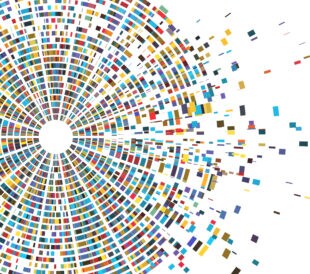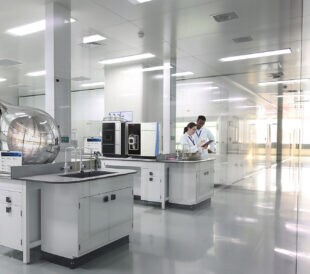Being the responsible person that I am, I used to “regularly” (basically when I remembered) save a copy of my database and raw data onto a portable drive. I would then pull out the USB cable and stick the drive in my desk drawer for safe keeping. So naturally, when the disk on my PC failed, corrupting the database and file system — at the most inopportune moment as computer hardware will invariably do — I then went to use the portable drive. Imagine my surprise when that also couldn’t read any of the files on the disc. It seems that storing it in a drawer containing multiple electrical gadgets and IT paraphernalia and not using the “eject media” function one too many times was a bad move!

The events that followed this discovery was a sad comedy of searching an older company laptop, trying to use file and database fixing software to restore either the PC or the drive, and searching desperately through the office network for stray files or backups.
Backups and archives: a hard lesson
That day I learned a valuable lesson about backups and archives. Up until then, I would always keep files in my own storage locations, and this made me challenge myself to take advantage of shared location tools.
The thing about data management is that we often make our own system of organization and select appropriate repositories to make our tasks easier. If you’ve ever had to move, backup, download or upload large amounts of files, you know the pain of waiting and are probably guilty of telling yourself that “you’ll get round to it later.” Throw in the fact that file sizes for certain techniques such as mass spectrometry (MS) keep growing and your system for managing that data might not be as up to date as you’d like.
Why share files in a central location?
Moving to a shared storage location centralizes the data for use and sharing across more users. Better still, where the shared space is made the primary location for files to reside, it removes the risk of collecting data in individual stations and creating and testing a mechanism to move them later.
Additionally, a central repository lets you “reorganize files” in seconds because it doesn’t change where the actual files are on the disc, but lets you update just the few bytes to change the directory. When you “send an attachment” in an email from a shared space, you don’t transfer the bytes, you give permission to access from a different location.
For system administrators, a central shared location for data makes it much simpler to manage backups and security, as the files are mostly static.
Understanding the large file dilemma
We’ve all had time to get used to shared data sites for things like documents and spreadsheets, but MS data management may be a new frontier for this type of file management. With the limitations in mind to achieve a connected MS lab, Thermo Fisher Scientific has developed the Thermo Scientific Ardia Platform so users can connect Thermo Scientific Xcalibur software and/or Thermo Scientific Chromeleon Chromatography Data System (CDS) for direct acquisition to a shared space.
The Ardia Platform also allows file connection to application software for data processing and reporting, such as Chromeleon CDS, Thermo Scientific BioPharma Finder and Proteome Discoverer software. This means users across departments — regardless of lab type or technique — can share data, methods and more to a connected environment and reduce the risk of external drives, individual save locations, or just the task of file movement, management and organization.
Thermo Fisher understands the value of software architecture in the pursuit of breaking down data silos. See what’s possible with the Ardia Platform.



